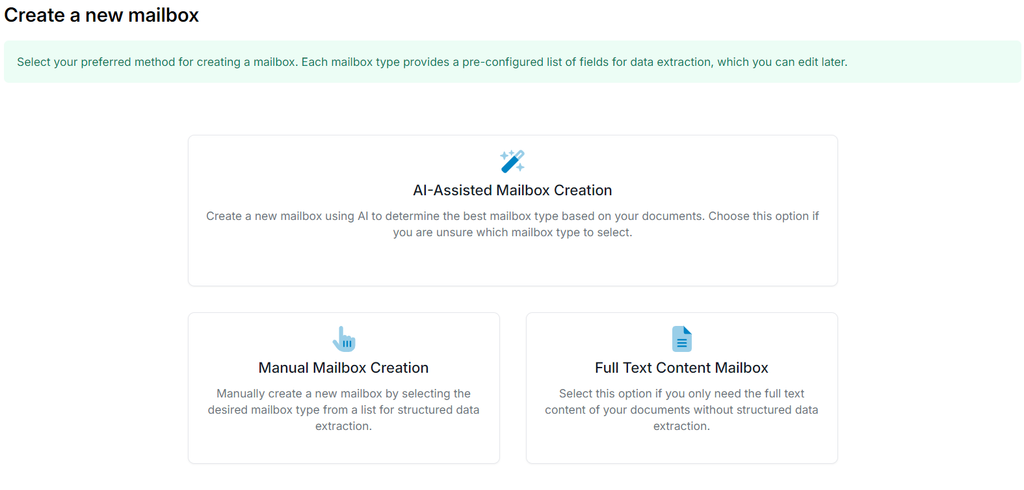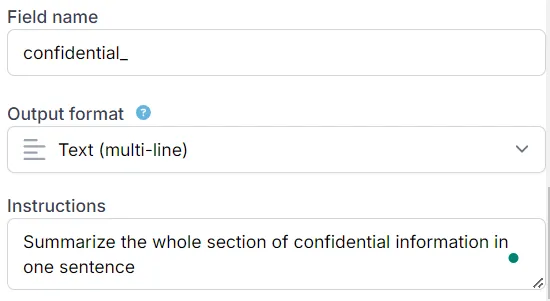Businesses and individuals alike need efficient ways to sift through extensive text quickly. Text summarization uses advanced AI algorithms to automatically condense lengthy content into digestible summaries while retaining essential information.
What is automatic text summarization?
It is used in natural language processing (NLP) to manage and navigate the overwhelming text content generated daily. The goal is to create a summary that conveys the main ideas of the original content concisely and coherently.
According to MarketsandMarkets, the global Natural Language Processing market is projected to reach $35.1 billion by 2026, driven by the growing demand for AI-based solutions like text summarization.
Types of text summarization
Text summarization comes in two primary types, each with unique methods and applications.
Extractive summarization
This method involves extracting key phrases and sentences from the original text without altering the structure. It’s commonly used in news articles and research papers.
Abstractive summarization
Abstractive summarization generates entirely new sentences based on the core ideas of the original text, similar to how humans summarize. It’s more sophisticated and flexible than extractive summarization and requires advanced artificial intelligence (AI) large language models (LLMs) to generate sentences.
How does text summarization work?
Text summarization, especially automated methods, relies on NLP and deep learning techniques like GPT models. These models are trained on vast datasets to understand language structure and meaning.
The process typically involves:
- Preprocessing the text
- Analyzing the document to identify the key concepts.
- Summarizing the text into a shorter version
Challenges of manual text summarization
Manually summarizing documents comes with several challenges:
- Time-consuming: Manually summarizing large amounts of text is tedious and impractical, especially when there are hundreds or thousands of documents.
- Prone to human errors: Mistakes and inconsistencies are common when summarizing manually, especially in complex technical documents.
Benefits of automated text summarization
Automated text summarization is changing the way businesses handle data.
Increased speed and efficiency
Thousands of documents can be processed within minutes, saving time compared to manual summarization.
Accuracy
Modern AI models deliver highly accurate summaries, far exceeding human capabilities when processing vast quantities of text.
For example, using a customized version of GPT-3, accuracy in summarizing customer feedback has improved from 66% to 90%.
Cost-effective
It reduces the need for human labor or additional staff during peak season, offering significant cost savings.
Scalability
Companies can scale their document processing without adding manual labor, making summarization accessible for healthcare, legal, and finance industries.
Use Cases for Automated Text Summarization
Text summarization has wide-ranging applications across industries.
Legal Industry
Automating the summarization of lengthy legal documents helps lawyers quickly extract relevant case laws, rulings, and contracts.
Learn how to extract data from legal documents with AI
Healthcare
Summarizing patient histories and medical reports ensures doctors have the most pertinent information, improving decision-making.
What’s the role of AI in healthcare?
Research and academia
Researchers can summarize scientific articles or papers, streamlining the process of identifying relevant studies.
Text summarization vs. PDF summarization
Text summarization and PDF summarization are similar in function but differ in application. Text summarization deals with textual content, such as articles, emails, and web pages. In contrast, PDF summarization involves extracting data specifically from PDF files, which can contain structured tables, images, and text.
Parseur and text summarization
Parseur is primarily an AI data extraction tool that offers AI instructions to help users automate summarization tasks. Parseur’s AI-assisted features allow for summarizing large text blocks from emails or documents.
The first step is to create a free Parseur mailbox and upload a PDF document directly into the mailbox.

Then, you can use our AI field instructions to ask Parseur which text section to summarize.

Tools like Parseur offer powerful, AI-driven solutions for businesses looking to streamline their document processing. Whether you're summarizing legal documents, media articles, or customer inquiries, automation is the key to staying competitive in a data-driven world.
Last updated on




